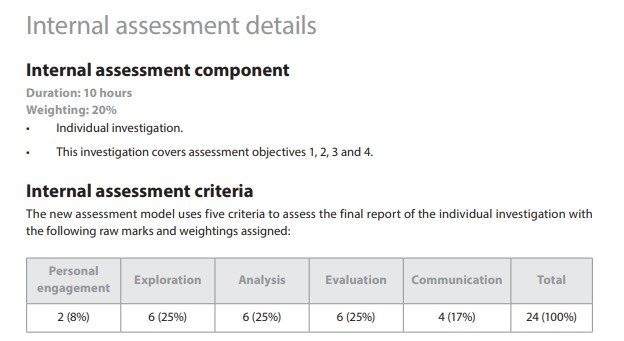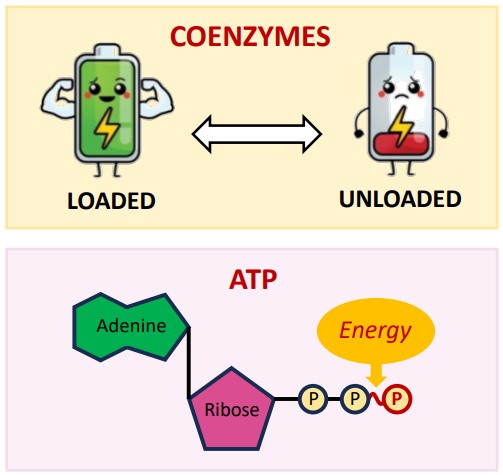I. Introduction
A. Brief Overview of IB Biology IA
The IB Biology Internal Assessment (IA) is a crucial component of the International Baccalaureate (IB) Biology curriculum. It serves as a substantial piece of written coursework in the form of a scientific report, focusing on a specific experiment. This undertaking provides students with an opportunity to delve into a topic of personal interest within the realm of biology, conduct experiments, analyze data, and communicate their findings effectively.
B. Importance of Achieving a Level 7
Securing a Level 7 in the IB Biology IA is highly coveted for several reasons. Given that the IB curriculum heavily emphasizes coursework, excelling in IAs can significantly impact your overall grade. Attaining a Level 7 demonstrates a deep understanding of scientific concepts, meticulous experimental design, thorough data analysis, and clear communication skills.
II. Understanding the Assessment Criteria
A. Criteria Breakdown
1. Personal Engagement (2 marks)
Personal engagement involves selecting a topic and experiment that holds personal significance or relevance to the student. While topics often align with IB biology content, students have the flexibility to explore areas beyond the curriculum. Examples may include investigating factors affecting plant growth or studying solubility and diffusion patterns of substances. The key is to explain the relevance of the chosen topic to earn these two marks effortlessly.
2. Exploration (6 marks)
The exploration criterion encompasses providing relevant background information and context for the chosen topic. Thorough research is paramount here, incorporating scientific theory, external references, and IB biology concepts. A well-rounded exploration sets the stage for a robust experiment and hypothesis.
3. Analysis (6 marks)
Analysis begins with formulating a clear research question that includes both the independent and dependent variables. Crafting a hypothesis based on research and scientific theory is crucial. Methodology should be detailed yet accessible, with specific equipment measurements and uncertainty. Data collection, processing, and presentation should be meticulous, with multiple trials for reliability. The evaluation phase involves critical thinking, comparing results to the hypothesis, identifying strengths and weaknesses of the experiment, and reflecting on the process.
4. Communication (6 marks)
Effective communication is essential for conveying scientific theories and experiment findings. Proper formatting, labeling of tables and graphs, and adherence to citation and referencing styles (e.g., MLA or APA) are imperative. A well-structured IA with clear communication enhances readability and comprehension.
III. Final thoughts
In the pursuit of crafting a Level 7 IB Biology IA, don’t hesitate to seek reviews and feedback from your teacher—they’re not only there to guide you but also responsible for evaluating your IA. Their insights can provide invaluable direction, helping you refine your ideas, address any shortcomings, and ultimately enhance the quality of your IA. Additionally, it’s crucial to be mindful of common mistakes such as simple grammatical errors and inadequate labeling of equipment in the methodology section. Maintaining a well-structured layout with clear headers facilitates readability and comprehension, ensuring that your IA is easy to navigate for both you and the examiner.
Remember, the IA is not a task to be completed in a single sitting. Starting early and establishing a brief overview allows ample time for successive rounds of review and editing. By adopting an iterative approach, you can refine your experiment design, enhance your data analysis, and polish your communication. Embracing feedback, avoiding common mistakes, and adopting a diligent, iterative approach are key to achieving success in your IB Biology IA.
FAQ
Select a topic that interests you personally and has relevance to biology. Consider areas covered in your IB biology coursework but don’t hesitate to explore beyond the curriculum if a particular aspect of biology intrigues you.
Follow a structured format with clear headings and subheadings. Ensure proper labeling of tables and graphs, and adhere to citation and referencing guidelines.
Conduct multiple trials for each experiment to enhance reliability. Use appropriate statistical tools to analyze data and draw meaningful conclusions.
Reflect on possible reasons for the discrepancy, considering experimental limitations and external factors. Compare your findings to existing research and scientific theory to provide context.
Effective communication is essential for conveying your experiment’s findings and scientific concepts. Clear formatting, labeling, and referencing contribute to a well-structured and comprehensible IA.




